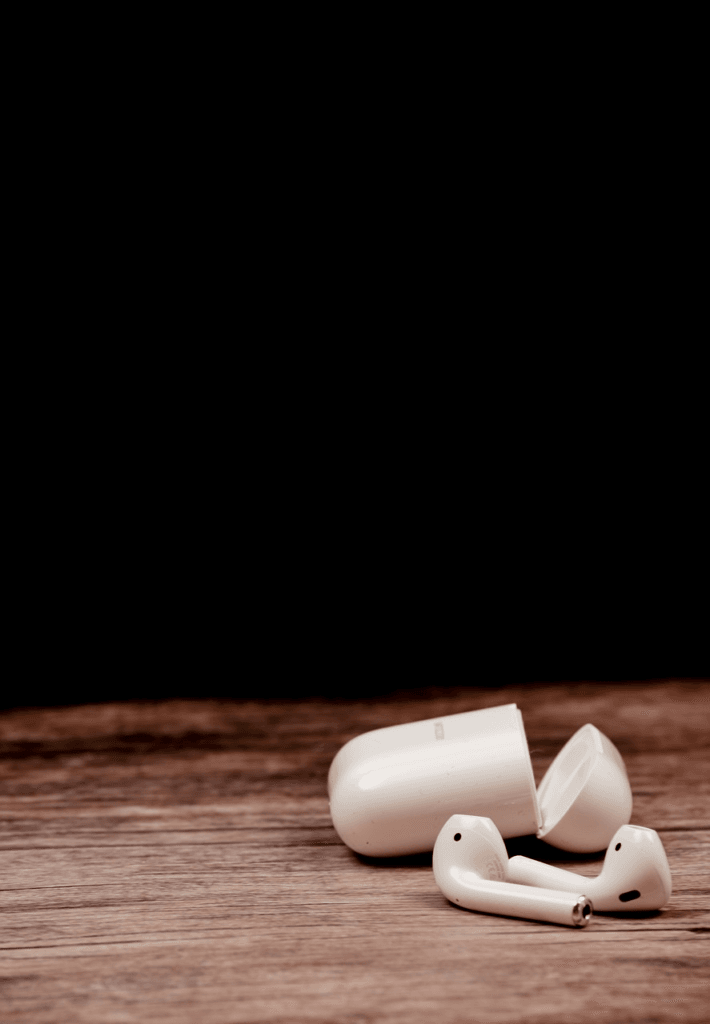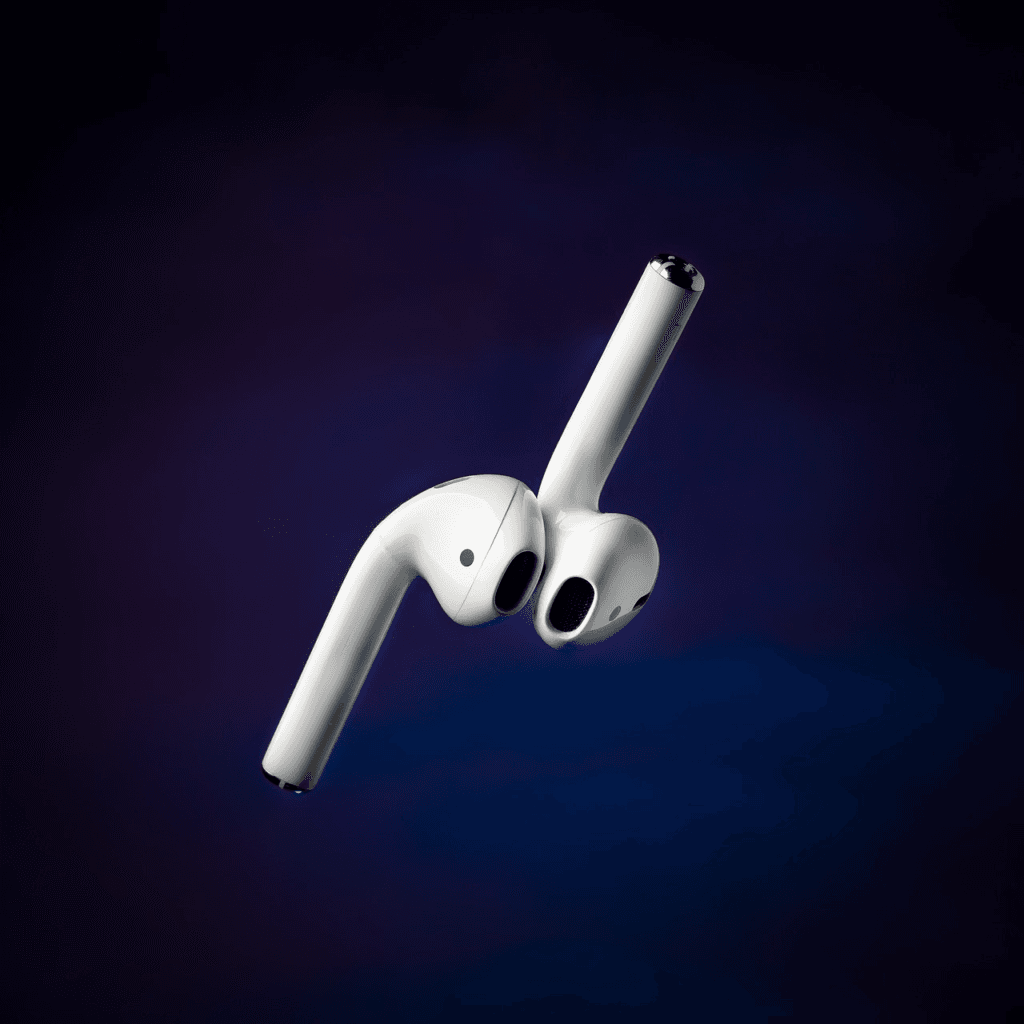Table of Contents
Do you wonder “Why is my AirPod Audio choppy on Windows 10”? You’ve likely chosen AirPods for their renowned sound quality and seamless connectivity, so why is the experience falling short on your Windows 10 device? Don’t worry—you’re not alone, and more importantly, there are solutions to fix this issue.

This guide will help you understand the reasons behind choppy AirPod audio on Windows 10 and walk you through actionable steps to resolve it.
Common Causes of Choppy AirPod Audio on Windows 10
Bluetooth Connection Issues
One of the most common reasons for audio glitches is an unstable Bluetooth connection. Windows laptops and desktops aren’t always optimized for Bluetooth devices like AirPods.
- Interference: Other devices or physical obstacles can disrupt the signal.
- Outdated Bluetooth Drivers: If your system’s drivers are old, it can cause connectivity issues.
Windows 10 Audio Settings
Your computer’s audio configuration might also be the culprit.
- Incorrect audio bitrate settings can lead to subpar performance.
- AirPods often switch between “Hands-Free” and “Stereo” audio profiles, which can confuse Windows 10.
Outdated Firmware or Drivers
Both your AirPods and Windows need regular updates. Without these, compatibility issues can arise, causing the audio to cut out intermittently.
Step-by-Step Solutions to Fix Choppy AirPod Audio
1. Check and Reset Bluetooth Settings
Start by ensuring your Bluetooth is functioning correctly.
- Disconnect and Reconnect Your AirPods:
- Go to your Bluetooth settings in Windows.
- Remove your AirPods and reconnect them.
- Minimize Interference: Keep other Bluetooth devices and physical barriers away from your computer.
2. Update Windows 10 Drivers
Drivers are the bridge between your hardware and software. If they’re outdated, the connection suffers.
- How to Update Drivers:
- Open Device Manager.
- Locate the Bluetooth section.
- Right-click on your Bluetooth adapter and select Update Driver.
- Consider using driver-update software for convenience.
3. Adjust Audio Settings
Switching to the right audio profile can drastically improve quality.
- Steps to Change Audio Profile:
- Right-click the sound icon on your taskbar.
- Go to Sound Settings.
- Under Output, select your AirPods and ensure they’re set to Stereo.
- Change Bitrate Settings:
- Open Control Panel.
- Navigate to Sound > Playback.
- Adjust the audio bitrate to at least 44100 Hz.
4. Update AirPods Firmware
Your AirPods are designed to update automatically when connected to an Apple device, but you can double-check:
- Pair your AirPods with an iPhone or iPad to trigger the update.
- Ensure they’re charging and connected to Wi-Fi for a smooth process.
5. Reset Your AirPods
If nothing else works, resetting your AirPods can resolve underlying issues.
- Steps to Reset:
- Place your AirPods in the charging case.
- Press and hold the button on the back until the LED flashes amber, then white.
- Reconnect them to your PC.
6. Advanced Troubleshooting
For persistent issues, try these additional fixes:
- Use a Bluetooth Adapter: If your computer’s built-in Bluetooth is weak, an external adapter can provide a more stable connection.
- Limit Other Bluetooth Connections: Disconnect any unnecessary devices that might be competing for bandwidth.
Preventing Future Audio Problems
Maintain Your Devices
- Regular Cleaning: Dust or debris on your AirPods can interfere with sound quality.
- Keep Systems Updated: Make it a habit to update both your Windows 10 drivers and AirPods firmware.
Optimize Bluetooth Usage
- Avoid pairing multiple Bluetooth devices simultaneously.
- Keep your AirPods close to your computer for a stronger connection.

FAQ: Why Is My AirPod Audio Choppy on Windows 10?
Why does the audio quality differ on Windows 10 compared to my iPhone?
AirPods are optimized for Apple devices, so they work more seamlessly there. However, adjusting settings on your Windows 10 system can help bridge this gap.
Can outdated drivers cause choppy audio?
Absolutely. Outdated drivers are one of the leading causes of connectivity and audio issues. Regular updates are crucial for smooth performance.
How do I test for interference?
Move your AirPods and computer to a different location or turn off nearby Bluetooth devices to see if the audio improves.
Do I need a Bluetooth adapter for better audio?
If your computer’s built-in Bluetooth adapter struggles to maintain a strong connection, an external adapter is a great solution.
Conclusion: Get the Best from Your AirPods on Windows 10
Choppy audio can be a frustrating roadblock, but the good news is that it’s fixable. By following the steps outlined above, you’ll restore your AirPods’ stellar performance in no time. From tweaking settings to updating drivers, each fix brings you closer to a seamless listening experience.
Have you tried any of these solutions? Share your experience in the comments below! Don’t forget to bookmark this guide for future troubleshooting and subscribe to our social media for more tech tips.
You can read more how-to guides by clicking here.
Or you can check out our apps on the Play Store:

